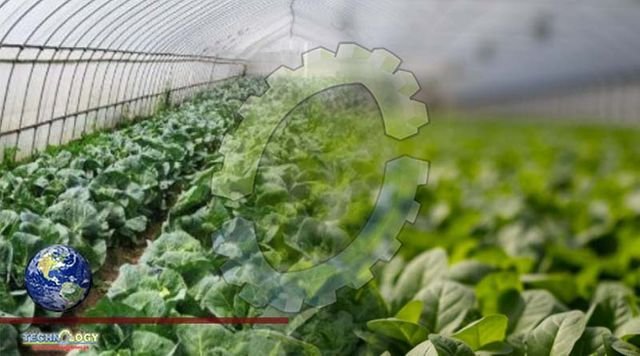Cultivation plan schedule must include which organic vegetables variety is to be planted and in which plot including sack garden vegetable production.

Indigenous vegetables contribute a great deal to our immune system hence the need for farmers to intensify the rate at which they are involved in growing them According to the World Health Organisation (WHO), an adult should eat daily 400 grammes of vegetables However, insufficient access to market and seasonal fluctuation of available vegetable makes it difficult to consume sufficient amount of vegetable for rural households. A lot of effort has been invested by experts in the agriculture sector to produce enough food for Uganda’s population including for export but indigenous vegetables often referred to as traditional vegetables are underrated in favour of exotic vegetables.Majority of the population depends on main food crops such as maize, cassava, sweet potatoes, banana, millet sorghum and rice among others which are consumed with beans, beef, chicken and groundnut stew.
These food are capable of providing calories for the body for energy but are very low in other nutrients which nourish the body thereby protecting it from diseases. Traditional vegetables have very high nutritive value, they contain vitamin A, B and C, protein and other minerals such as iron, calcium, phosphorous, iodine and fluorine in varying amounts and capable for good health.A case in point is that vitamin A which prevents blindness in children is found in green vegetables unfortunately consumers of these vegetables have not been told to appreciate the role of traditional vegetables in fulfilling healthy living in humans. Most people consume it as a last resort food because they are cheap to purchase and easy to cook.
Agricultural experts think very few farmers are engaged in growing traditional vegetables for commercialisation because majority of the rural population grow them on small pieces of land and other communities harvest a good number of varieties from the wild, which trends must be changed.In a publication by Naro scientists at the National Agricultural Research Laboratories (NARL-Kawanda), Kampala about conservation and use of traditional vegetables in Uganda, it is stated that by 2004 there was very little research work done in the area of breeding traditional vegetables.
It is stated that most of germplasm collected from 1994 to 1984 have been lost and current efforts to collect and conserve them has been hampered by lack of funds.By 2004 the scientists had so far documented 34 species of traditional vegetables that are grown by farmers and those growing in the wild and below are the species. Out of which 21 species occur throughout the country and the rest are grown region by region though it is feared others must have gone instinct.The common traditional vegetables include amaranth comprising of various species namely amaranthus dubius (dodo), amaranthus gracecizane (ebuga), amaranthus hybridus (goiigoyi), and amaranthus hybridus subsp. incurvatus (ebuga ezuungu). Others are pigeon peas, chilies, cocoyam, day flower, pumpkin, African spider herb, okra, cassava leaves, lima beans , French beans, scarlet eggplant, bitter berries, nakati nume y’akyalo, cowpea, malakwang (hibiscus ssp), tomatoes, eggplant and cabbages
In 1968 a rural food consumption survey carried out in Ankole, Busoga, Masaka and West Nile, representing western, eastern, central and northern Uganda, respectively, showed that many traditional vegetables were consumed throughout Uganda, although they were prepared differently depending on the preferences of local communities. The survey indicated that average consumption of traditional organic vegetables was 160 grammes per head per day during the rainy season when green leafy vegetables are abundant However the survey indicated that people living in the urban poor areas consume 12 grammes per person per day.The adequacy of the quantity of traditional vegetables consumed depends on the areas of production and the composition of the staple foods.
Experts advise that all organic vegetables species whether indigenous or exotic have the same method to be applied right from planting to harvesting with exception of few In a manual published by agricultural scientists working with Japan International Cooperation Agency (JICA) about vegetable farming techniques, the team states that vegetables can be grown as mixed cropping with other plants or solely in an independent field.The timing and duration of harvest differs between different types of vegetables and farmers should keep this in mind when planting organic vegetables in order to be harvested throughout the year.
The nursery bed can be raised and sunken beds good for holding water during dry season which must be prepared with soft soil and the seeds are sown in plastic pots. They are left to grow for one week and the best seedlings are selected for planting.It is advisable for farmers to prepare the land at the onset of the rains and loam soil texture is recommended. Farmers who plant during dry season can prepare the land earlier and once they have transplanted the seedlings, they are advised to carry out irrigation in order to attain good yields. The seedling sowing area must be prepared well to enable easy germination. Farmers are advised to apply manure at the sowing spots and those who can afford may apply fertiliser at a recommended rate.
Source: This news is originally published by monitor.co.ug